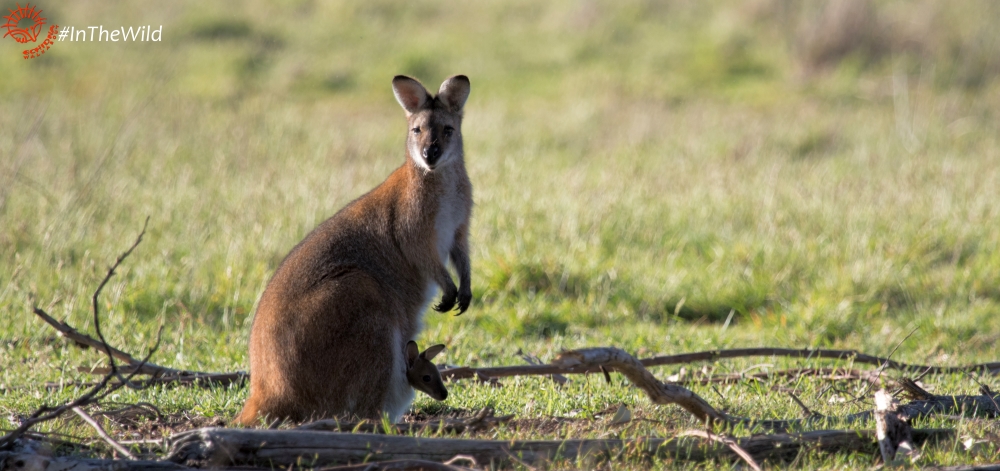Travelling to see wild animals is one of the best ways to relax.
You get away from the crowds, spend quality time with loved ones in beautiful places, and meet real locals – both human and animal! Wildlife travel is not fattening, its never boring, and as there’s little temptation to shop, the expense is all accounted for in advance. Even better, you get to watch and photograph wild animals – which is the most exciting thing on earth.
But how do you know where to go to see wildlife?
The best way to see a lot of wildlife is to look for the hotspots: the places that have the right conditions for many different types of animals. Watch:
Hotspots contain lots of diverse environments. In Australia, desert-type environments are home to many parrots, dragon lizards and tiny hopping marsupials. A rainforest environment has lots of fruit-doves, wallabies, honeyeaters, tree-frogs and the elusive platypus – read more and watch here. Beaches and estuaries are rich in pelicans, seals, dolphins and shorebirds.
Grassland environments provide food for kangaroos, cockatoos and brown snakes. The Australian Bush is where you see koalas, kookaburras and blue-tongue lizards.

The best bet to see the most wildlife is to go to a place that has all of these ecosystems.
On a huge continent like Australia, though, the desert is a long way from the rainforest. Except in one place: East Gippsland.
East Gippsland – the far eastern corner of Victoria – is a hotspot. Here the snowy mountain forests of Errinundra meet the desert hills of the Upper Snowy River Valley. The warm temperate rainforests of Mallacoota meet wild Southern Ocean beaches. The Aussie Bush woodland of the Gippsland Plains meets the marshes and estuaries of the Gippsland Lakes.
There is every environment here, and every type of animal.

Echidnas live in abundance along the 100km stretch of largely untouched coastline of East Gippsland. The Wildlife Journey is the tour that sees the most echidnas, most often.
Superb Lyrebirds live throughout the coastal forests, rainforests and mountain country – we see them at their best around the limestone hills of Buchan. They share the mountain rainforest with Powerful Owls, who hunt through the forest at night, and shelter in the cool dark gullies during the day.

Eastern Grey Kangaroos and Red-necked Wallabies love the grasslands around Cape Conran, and Swamp Wallabies cling to the forest edges – occasionally venturing out to share the grass with their cousins just as dark falls.
The rich Southern Ocean is home to Australian Fur-seals, Bottlenose Dolphins and Humpback Whales, and Australasian Gannets and Great Crested Terns can be seen diving for fish off the beach. Tiny Hooded Plovers run along the sand, as huge silver-and-white White-bellied Sea-eagles patrol the beaches.

East Gippsland is only 0.3% of Australia’s land area, but has a staggering 340 species of birds (over 40% of Australia’s birds), 72 mammals (20% of Australia’s mammals), 48 reptiles (5% of Australia’s reptiles) and 28 amphibians (12% of Australia’s amphibians) recorded. All this wildlife in a relatively small and accessible area.
Echidna Walkabout’s 4 day Wildlife Journey tour visits the best of East Gippsland’s – and Australia’s – wildlife.
For a full list of the Mammals of East Gippsland click here.
Click here for a full list of the Reptiles of East Gippsland (coming soon)
Here is a full list of the Amphibians of East Gippsland (coming soon)

